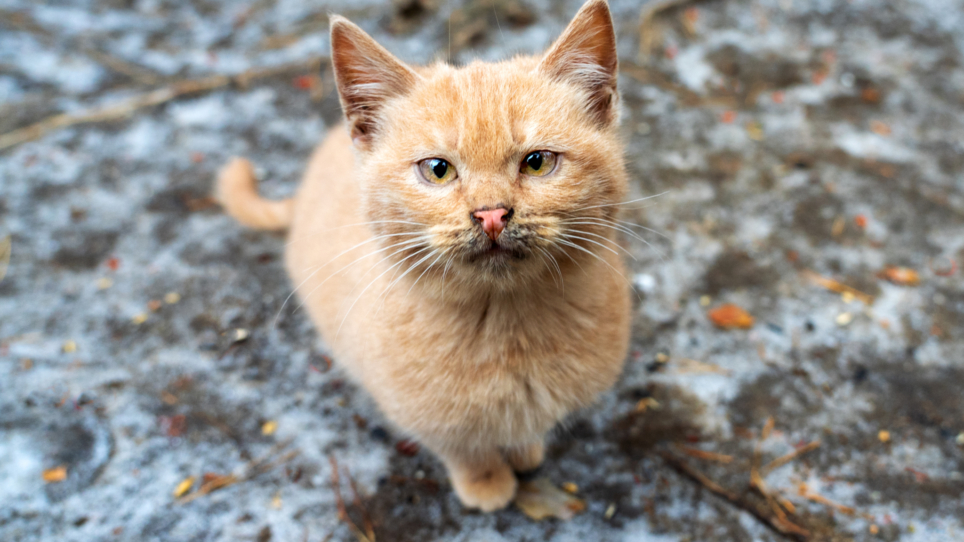Often cats seem to be strays but actually have a home. Due to their nature they do tend to roam and can appear to be lost. A cat that is hanging around looking for food, or trying to get into your house may have a home not far away, so you need to be sure they are genuinely homeless before assuming they are stray and either taking it to a rehoming centre, or deciding to take it in yourself. Please read our blog to see how to determine if they are truly a stray.
Can I keep a stray cat?
If you have exhausted all avenues to find the owner (see last weeks blog) and it certainly is a stray the yes you can look to become the owner. The first step is to take them to a vet clinic to check for a microchip. If the cat is not owned and you want to take responsibility for vaccinating, desexing and caring for the cat, you can do so.
Sick and injured cats
If the cat is injured or unwell and you are able to place them into a cat carrier, please take them to:
- Animal Welfare League
- RSPCA South Australia
- A vet clinic
If the cat is injured or unwell, and you are unable to handle it, please call your council for assistance.
Healthy stray cats
If the cat appears healthy, please contact your council for the next steps. Your council may direct you to contact AWL or RSPCA.
Please do not trap or catch the cat without speaking to your council and AWL first.

I’ve found a litter of kittens; What should I do?
If you find kittens on their own, please keep a good distance to avoid disturbing them and possibly scaring mum into not returning. It's not unusual for mum to leave her kittens when she goes off to find food. Kittens have a much better chance if they stay with their mum, so it's very important to give enough time to see if mum returns before assuming they're orphaned.
If the kittens appear to be in danger because they're wet, cold or sick, please call AWL.
If the kittens are very young - with eyes that are still closed and little mobility - you should monitor them for around two hours before phoning AWL as their mum is very likely to come back. Older kittens can usually go a little longer without food, so for those who have their eyes open and can walk, you should monitor for mum's return for around four hours before calling AWL for advice. It is best to leave the kittens where they are unless AWL advises otherwise.
There is a cat in my garden giving birth!
If you've found a pregnant cat who you think is in labour:
- Give her space - avoid disturbing her.
- Try to locate her owner - post on local social media groups or speak to neighbours to see if anybody knows her. If you can't find the owner, please call AWL for advice on what to do when the kittens arrive.
- Provide food and water nearby – be quiet and keep your distance.
- IF it is a hot or cold day, provide some shelter for her but keep your distance from her.
- Keep an eye on her to check she's doing ok, but avoid disturbing her as it could cause her reject the newborns.
Many cats give birth without needing any help at all, but signs she may be having difficulty include:
- If between 30 and 60 minutes of intense straining she doesn't produce a kitten or a kitten seems to be stuck.
- The mother seems to be noticeably distressed.
- If she seems lethargic, has passed an unpleasant discharge or is bleeding heavily from her vulva (green, brown or red discharge while the kittens are being born is normal).
If you see any of these signs or if mum is at risk because she's near a busy road or building, please call AWL. Never put yourself in danger.
Desexing your pet is an important part of being a responsible pet owner and helping to control the stray cat population. Take the Pledge to desex your pet today.
